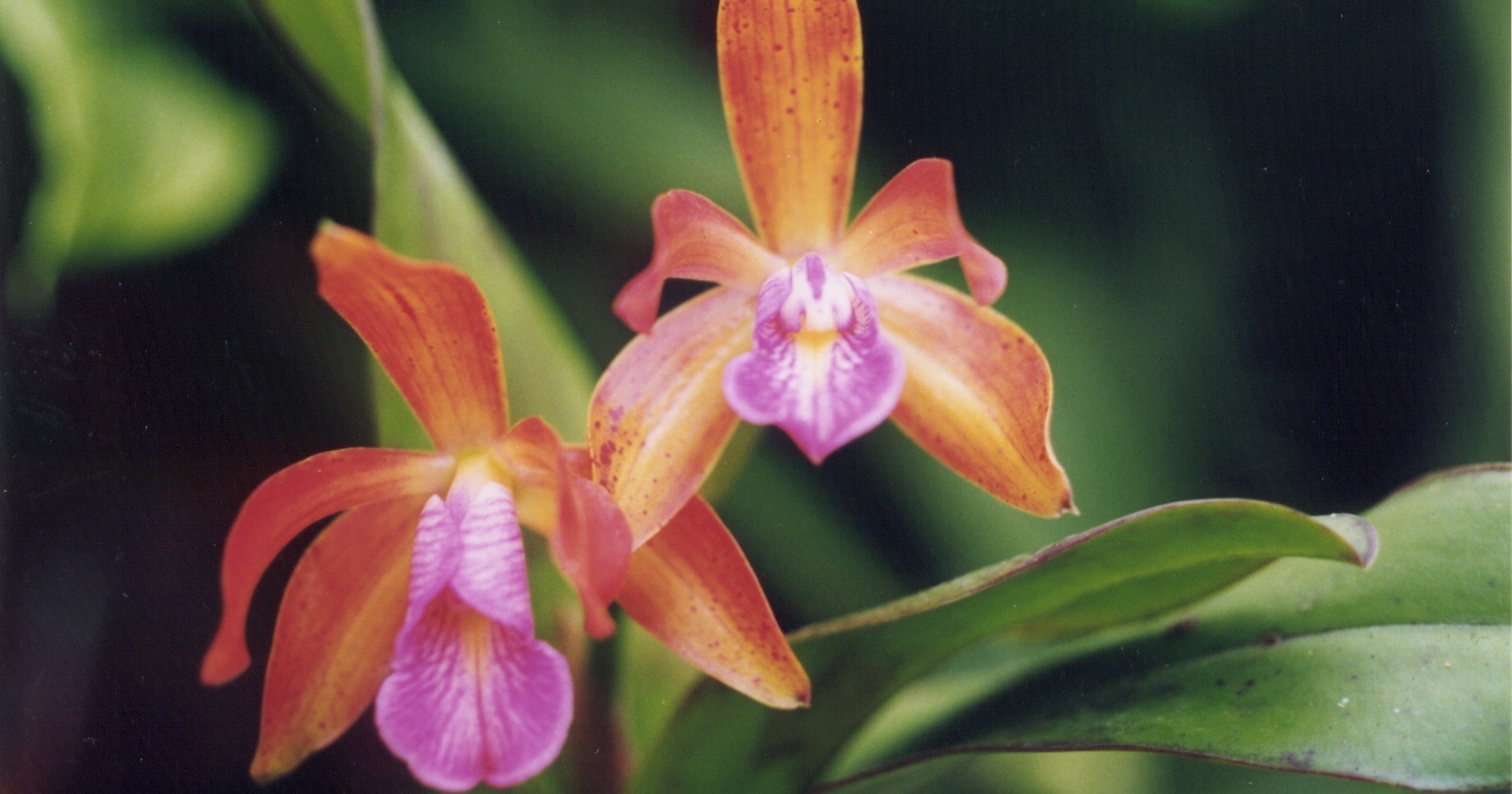 Evolution
Evolution
 Intelligent Design
Intelligent Design
 Life Sciences
Life Sciences
Darwin’s Most Important Book?

In the years immediately following the publication of the Origin of Species, a book Darwin characterized as a mere abstract of a much bigger book on species that was well on its way to completion, anticipation was building for the appearance of the big book. Many readers of the Origin, though they found this abstract very interesting, noticed that the Origin was rather thin on evidence to prove that natural selection could account fully for the diversity of living organisms. They wanted to see the big book, which they assumed would fill in the missing details. And given that the big book was nearly three-quarters complete, it was a natural expectation that Darwin would follow up with his full treatment of the species question. But he didn’t. Instead, he published a small book in 1862 on the fertilization of orchids. Why?
I have been reading through Darwin’s unpublished manuscript of Natural Selection as it was edited by R. C. Stauffer and published by Cambridge University Press in 1975. Had Darwin gone ahead with completing and publishing it, his readers would likely have been disappointed; the big book is really no more convincing than the Origin. To be sure, it is positively brimming with long catalogues of facts related to issues like variation in domestic and wild organisms, the need for all organisms to occasionally cross-fertilize, and the intricacies of hybrid fertility and sterility. But the chapter on natural selection contains only speculations and imaginary scenarios. Indeed, Darwin wrote in his manuscript, “In order to make it clear how I believe natural selection acts, I must beg permission to give one or two imaginary illustrations.”
A Painstaking Study
In light of the criticisms he received in response to the Origin of Species, and perhaps realizing that imaginary illustrations would not allay those criticisms, Darwin turned his attention to botany and began studying the stunning variety of ways that the various species of orchids seem designed to prevent self-fertilization. Through a painstaking study of the anatomy of all British and some foreign orchid species, Darwin showed that orchid anatomy seemed arranged to ensure that, with one exception (the bee orchid), all orchids would cross-fertilize via the action of insects. On May 15, 1862, Darwin published a detailed and richly illustrated monograph titled On the Various Contrivances by which British and Foreign Orchids Are Fertilized by Insects, and On the Good Effects of Intercrossing.
As Darwin engaged with correspondents about his orchid book, he lapsed into his familiar disingenuous rhetorical trope of false modesty, informing all of his correspondents that he engaged in the study of orchids as merely a hobby that brought him pleasure, but he viewed his orchid monograph as largely a waste of time; it would, he said, attract few readers. Indeed, Darwin wrote to his publisher, John Murray, on February 9, 1862:
In short, I know not in the least, whether the Book will sell. If it prove a dead failure, I shall hold myself to a large extent responsible to have tempted you to publish with your eyes shut.
Five days later, Darwin wrote to his son, William:
I have sent my Orchid M.S. to the Printers, & shall soon be hard at work correcting: whether my little Book has been worth writing, I know no more than the man in the moon.
Disingenuous Darwin
I say that Darwin was being disingenuous here, because in an exchange of letters with Asa Gray, he reveals his true motivation for publishing the orchid book.
On July 3, 1862, Gray wrote to Darwin:
I have just received and glanced at Bentham’s address, and am amused to see how your beautiful flank-movement with the Orchid book has nearly overcome his opposition to the Origin.
George Bentham was president of the Linnean Society, and Gray appears to have concluded that Darwin intended his orchid book as a stealth attempt (a “flank-movement”) to provide the evidence for natural selection missing from both his unpublished big book and its published abstract, an attempt that, given Bentham’s reaction, appears to have succeeded. In a July 23 return letter to Gray, Darwin came clean:
Of all the carpenters for knocking the right nail on the head, you are the very best: no one else has perceived that my chief interest in my orchid book, has been that it was a “flank movement” on the enemy.
Darwin was not at all unsure about the value of his orchid book. He rather viewed it as presenting the most convincing case for natural selection that he could make. It was as if Darwin was saying, “Look at the way natural selection has exquisitely adapted all the different orchid species to ensure their fertilization by insects.” Curiously, however, Darwin used the word “contrivances” in the title of the book, a word he repeats nearly a dozen times throughout the work. A contrivance is, by definition, something un-natural and intentionally arranged. By constantly calling the anatomy of orchid flowers contrivances, Darwin ended up sounding more like William Paley than like himself! And this is exactly what many readers of the orchid book took away from it.
Tomorrow, “Charles Darwin’s ‘Intelligent Design.’”
